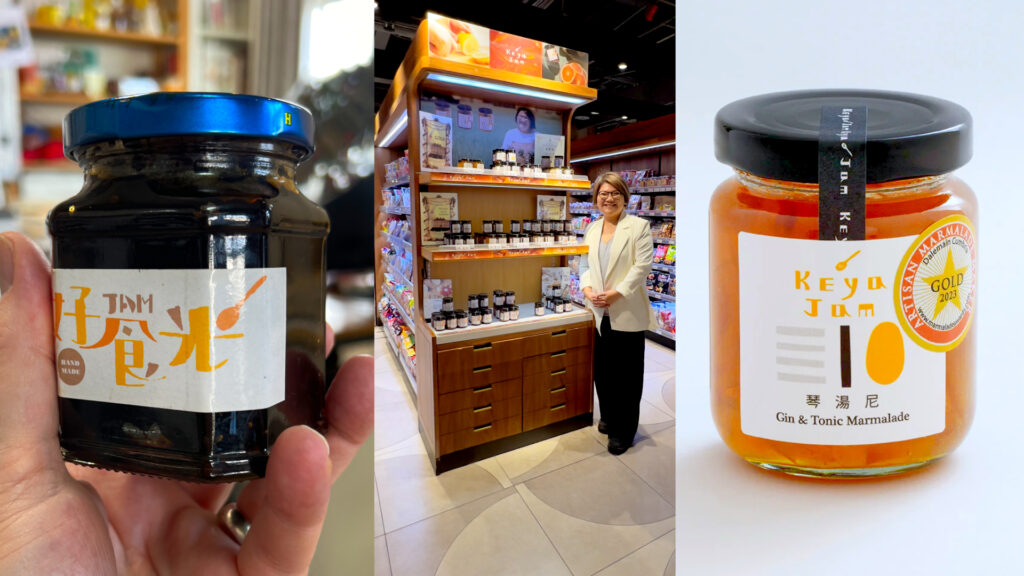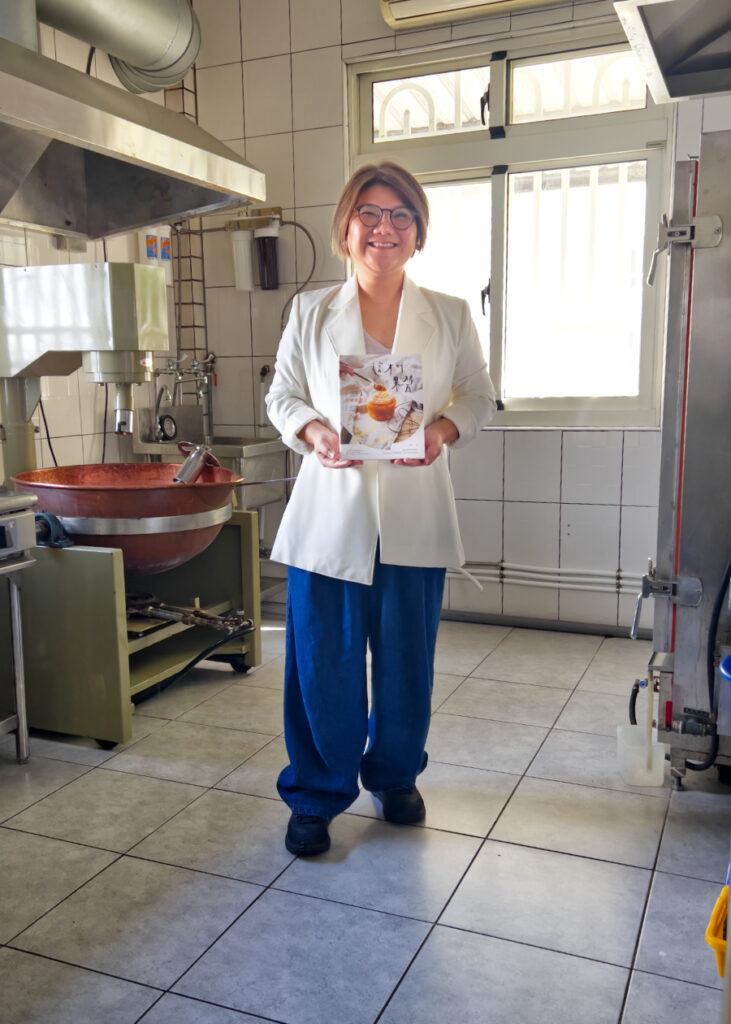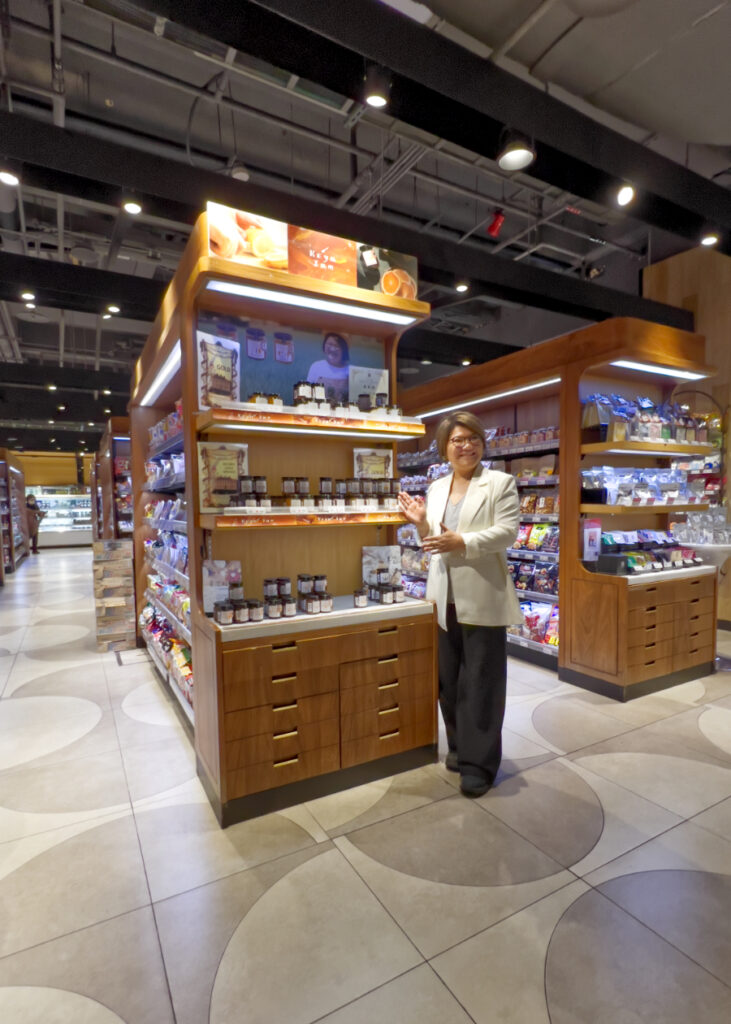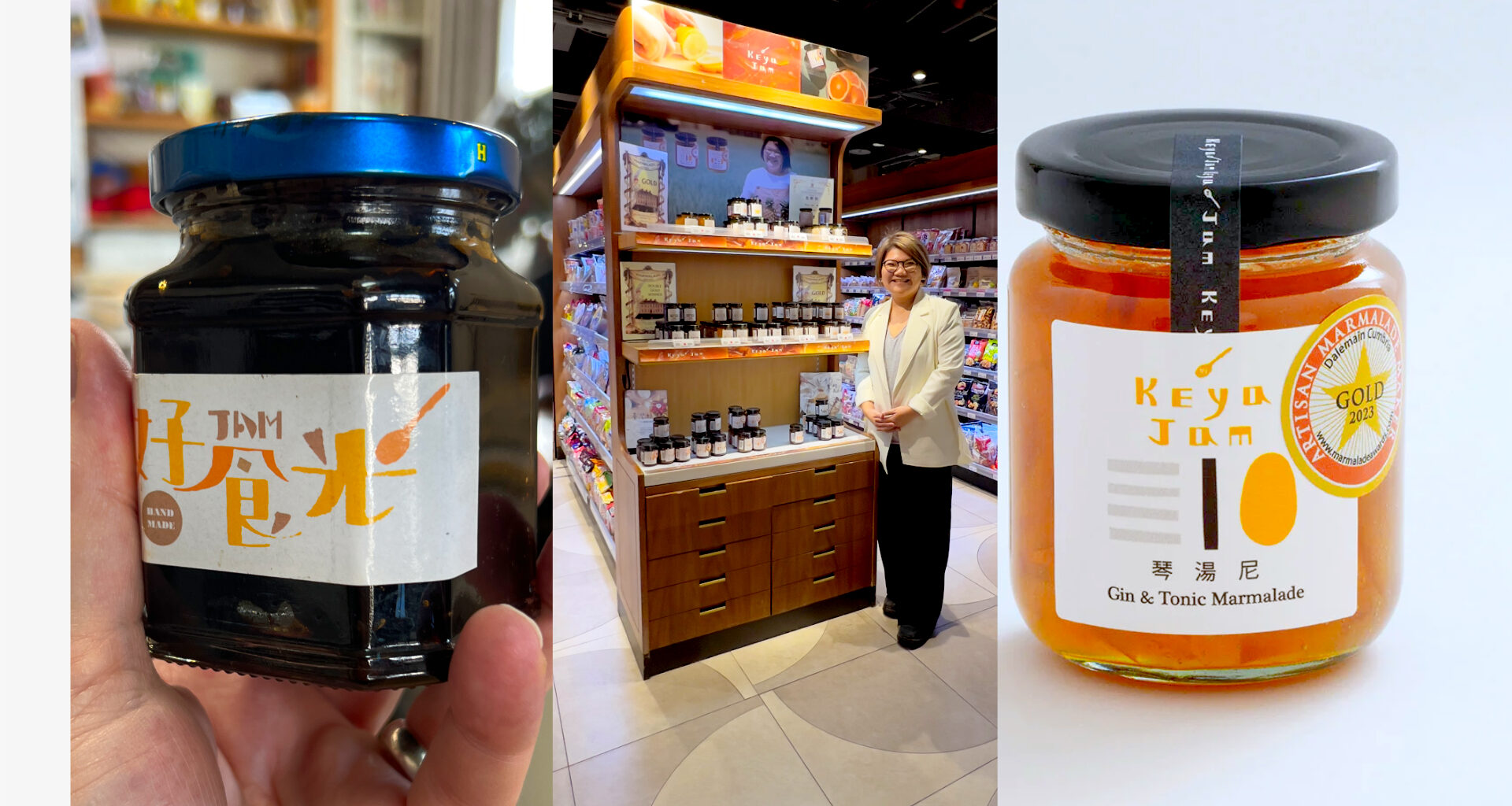KeYa Jams in Taiwan is easily one of the small independent fruit preserve producers I most admire in the world, as much for her business creativity, leadership and innovation, as for her experience and dedication. And that’s a very tricky balance to get right: the manufacturing-side of handmade fruit preserving is so labour intensive and time-consuming, that often the promotion and selling of the preserve lags behind just out of sheer exhaustion by the maker.

Now the company name, KeYa is actually the name of the maker herself. KeYa started making preserves in 2007, after leaving her editorial job at a publisher in Taiwan and returning to Tai Chung (one of Taiwan’s other big cities, about 2 hours south of Taipei) to re-energise and plan a life change. She was inspired by the preserves of the very talented Japanese artisan producer Romi Igarashi, using her recipe for Orange and Strawberry Marmalade. Of course, the first time was full of complication, and that’s when KeYa realised that this seemingly simple preserve, much like winemaking, requires skilfulness to achieve the perfect colour, set, flavour and sweetness that she aimed for.

Over the next decade, fruit preserve making became Keya’s business as well as obsession. She’d quiz fruit growers to find out more about different varieties, buying and practicing with fruit picked at different times within its growth cycle to find the best acidity, sweetness and pectin content, something possible in a fruit producing country like Taiwan where the distance from farm to factory is short. And so, in 2019, KeYa Jams won the double-gold artisan award at that year’s World Marmalade Awards, with her Orange Blossom, Kumquat & Yellow Lemon Marmalade. A high point, but it was the way KeYa took her company forward from that point that was even more exciting.
What might characterise KeYa’s marmalade, and Taiwanese marmalade generally, is an approach that expects all flavours to be quite markedly present (Australia is like this), with a slight bitterness (Japanese makers tend to remove it entirely), a colour that is intense and rich (Japanese makers opt for bright, light colours, UK makers lean toward darker orange hues), and a softish pectin set (while UK makers are often very firm).
KeYa is also very big on co-branding and short-run marmalade and jam lines, which means there always a new launch and excitement and different times of the year. Che’s approach companies saying “why don’t we do this together”, and out of that create a new market to sell into and develop and reputation and good relationship in hospitality or other business sector.

KeYa Jams works with supermarkets, like Breeze Super in Taipei, as well as restaurants, cocktail bars, fruit export companies, from growers though to governments, to be first in line to say “hey, let’s work together, let me show you how I can help what you do”. And that last bit is the clincher for any company you’re hoping to work with: show specifically how you can help their business, and tailor your proposal to their needs. This is what KeYa does, and that ensures – as a consequence – that her company name is always out there.


